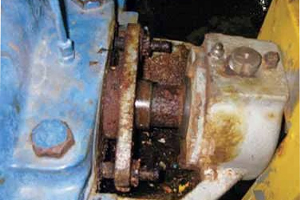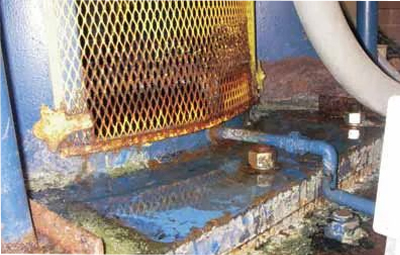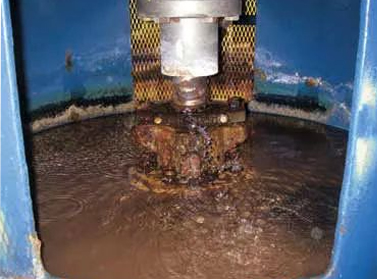Understanding fundamental pump maintenance simplifies preventive care. Most pump repairs require in-depth knowledge during inspections, as root causes often extend beyond visible failures. Below are critical maintenance methods and best practices:
1. Packing (Stuffing Box)
Inspection:
· Check for excessive leakage at the stuffing box gland. Tighten the gland if necessary, but never fully eliminate leakage—water acts as a coolant for the packing.
· Ideal Leakage: ~20 drops per minute. If adjustment fails, repack with appropriate packing material (consider pressure and shaft speed).
Repacking Procedure:
1. Safety First: Isolate the pump and motor; follow lockout/tagout protocols.
2. Remove Old Packing: Use proper tools (avoid screwdrivers) to prevent damage. Clean the stuffing box and inspect the shaft sleeve for wear.
3. Install New Packing:
· Ensure full contact with the shaft, no gaps at joints.
· Stagger packing joints by 90° (prevents fluid bypass). Align the liquid seal ring with the coolant port.
4. Adjust Gland: Tighten the gland gradually (3/4 turn every 30 minutes). Monitor for overheating or uneven pressure.

Figure 1: Improperly adjusted gland with no leakage
Figure 2: Excessive leakage at the stuffing box gland
2. Bearings
Overheating Causes:
· Friction from inadequate lubrication or contamination.
Maintenance Steps:
1. Clean Lubrication Points: Remove dirt from grease nipples and cups before refilling.
2. Lubrication Guidelines:
· Follow manufacturer recommendations for grease type and quantity.
· Over-lubrication causes overheating. Purge old grease by removing overflow plugs during refilling.
3. Debris Inspection: Check expelled grease for metal particles, indicating wear.
3. Couplings
Lubrication & Alignment:
1. Safety Precautions: Remove the coupling guard and isolate power before servicing.
2. Elastomer Inspection: Check for wear or metal debris (signs of misalignment).
3. Reassembly:
· Clean all components thoroughly.
· Install elastomers between the motor drive end and pump driven end.
· Lubricate coupling bolts until new grease exits overflow ports. Avoid over-lubrication to prevent seal damage.
4. Routine Inspections
Key Checks:
· Visual: Blocked discharge lines, excessive packing leakage, or bearing overheating.
· Auditory: Unusual noises (e.g., bearing rumbles, cavitation).
· Vibration Analysis: Address vibrations immediately to prevent catastrophic failure.
Checklist Tips:
· Compare current findings with historical data to identify trends.
· Document issues and prioritize repairs with supervisors.

Figure 3: Properly adjusted gland with controlled leakage
Preventive Maintenance Best Practices
1. Follow Manufacturer Guidelines: Adhere to lubrication intervals and torque specifications.
2. Use Correct Tools: Avoid improvised tools that damage components.
3. Monitor Trends: Track temperatures, pressures, and vibration levels.
4. Safety First: Always isolate equipment before maintenance.
